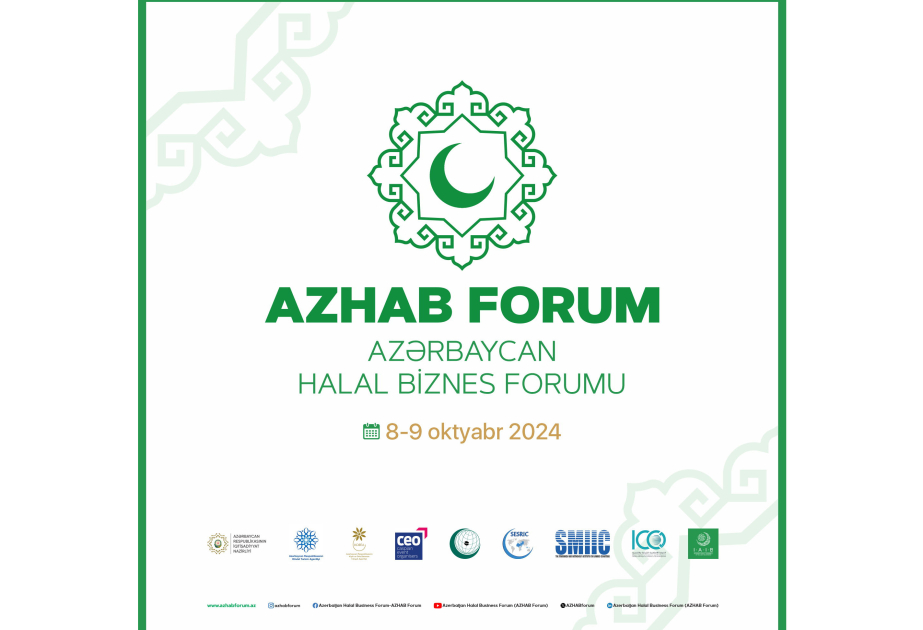EFT Travel Distribution Middle East 2008
The online travel retail business in the Middle East region is
projected to grow by 25% annually over the next five years. It is
expected to touch US$250 million-mark by 2011.

According
to Euromonitor International, the spread of online travel distribution
will begin with flights, followed by hotels and packages thereafter.
“Internet travel retail is expected to grow from 2.3% in 2007 to 3.8% by 2011,” said Euromonitor International’s Travel & Tourism Research Manager (EMEA) Clement Wong, a speaker during the inaugural session of EyeforTravel’s first Travel Distribution Middle East conference being held in Dubai.
Specifically on travel distribution in the region, Wong said direct suppliers dominate with almost 90% of Internet transactions.
On future of travel distribution in the Middle East, especially in
the context of traditional vis-à-vis emerging online channels, Wong
said although Internet retail will experience high growth rates, most
of travel retail will still be done offline in the next five years, and
online travel driven predominantly by the expatriate community.
The region is expected to receive 60 million inbound tourists
between 2006 and 2011, with Jordan, Bahrain and Saudi Arabia tipped to
lead in terms of the number of tourists.
“For the region to be successful, it needs to first develop the
regional market, as similarly done in the European and Asian tourism
markets, and then develop tourism-related infrastructure for the
international market. With a common language and similar cultures
bringing together different Middle Eastern countries, more has to be
done than investment in physical infrastructure to build regional
tourism.
Investment in the development of cultural infrastructure has to
occur to help drive return visits from regional tourists,” Wong told EyeforTravel.com’s Ritesh Gupta.
The arrivals in the Middle East region totalled over 25 million in
2007, up from 14 million in 2001. This growth has been boosted by
strong business travel and increased intra-regional travel due to visa
restrictions to Europe and the US. Also, the rise of LCCs in the region
has had a positive effect on tourism flows, pointed out Wong, adding
that UAE is the top inbound destination, followed by Bahrain and Jordan.
“Increased competition from foreign players entering market has
resulted in increased in product variety and professionalism,” said
Wong.
Wong also referred to the concept of “Halal Tourism”, defined as
tourism activities permissible under Islamic Law in terms of behaviour,
dress, conduct and diet.
“Religious tourists also come in big groups from Malaysia, Indonesia
and Pakistan. There is also a growing Muslim population in Europe, in
particular, Spain, Norway and Germany – what’s more, these European
Muslims tend to be devout, and also inclined to holiday-taking, making
them the perfect consumer group to target with holidays which are in
keeping with religious beliefs and values. To accomplish this, the
infrastructure for Halal tourism would need to offer European Muslims
appropriate guides and translations of Arabic texts at religious
sites,” he said.



